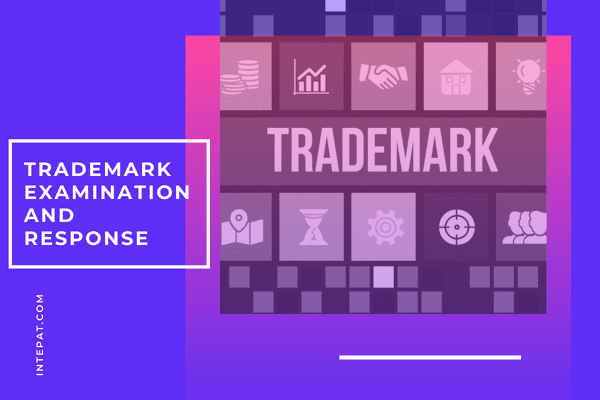Trademark Examination
A trademark examination is a very significant step in the trademark registration process.
Examination of a trademark helps in identifying any discrepancies in a trademark application. The trademark examination in India might take around 6-8 months.
The Examiner might accept the brand, conditionally, or object. The Examiner raises objection(s) and issues the Trademark Examination Report.
The examination report is reflected in the trademark status of the application as well a hard copy is sent to the Applicant. Thus, the Applicant has to respond to the examination report within one month from the receipt of the examination report.
Objections raised by the Examiner:
There are usually three main kinds of objections that the Examiner may raise:
1. Objections under Section 9(1)(a) or Section 9(1)(b):
These objections are raised when the Examiner feels that the trademark is not distinctive or if it is descriptive. The response to this objection must clearly state why the Applicant’s mark is distinctive and non-descriptive.
The most common argument against this objection is that the trademark has acquired distinctiveness. i.e., the people associate the goods/services of the Applicant exclusively with the mark of the Applicant.
2. Objection under Section 11:
The Examiner raises this objection if he opines that there are trademarks that are deceptively similar to the Applicant’s mark.
The response to this objection should be along the lines of how the Applicant’s mark differs from any of the marks cited by the Examiner.
Emphasis is usually placed on the difference in the representation of the mark or that viewed as a whole; the public will not perceive the marks as being similar; or
3. Other Objections:
These objections usually relate to improper classification of the goods/services, inadequate information about the Applicant, or the like. In such cases, responding to this objection may require the Applicant to file an amendment.
Response to the objections: General Principles
Firstly, it is essential to understand that the response to the examination report must be comprehensive. The response must prove that the objections raised by the Examiner are not valid.
Further, it must also highlight how the trademark in question is distinctive, non-descriptive, or not similar to any other trademark, as the case may be.
Furthermore, the response must contain adequate and effective arguments as to the registrability of the trademark. It is always better to rely on precedents to support the arguments, which adds credence to the response.
Even supportive documents like the Affidavit of the Applicant (to prove date of use), documents to prove the surging business of the Applicant when using the mark, and advertisement expenditure may be enclosed as exhibits along with the response.
After that, the Examiner may publish the trademark in the Journal after receiving the response from the Applicant. Otherwise, the Examiner may call the Applicant for a show cause hearing.
The above general principle can be adapted for responding to the examination. However, it is advisable to seek professional trademark services for the response and hassle-free free trademark registration.
[cherry_button text=”Need Help? Connect with experts” url=”https://www.intepat.com/contact-us/” style=”info” centered=”yes” fluid_position=”right” icon_position=”top” bg_color=”#ea9525″ min_width=”33″ target=”_blank”]




